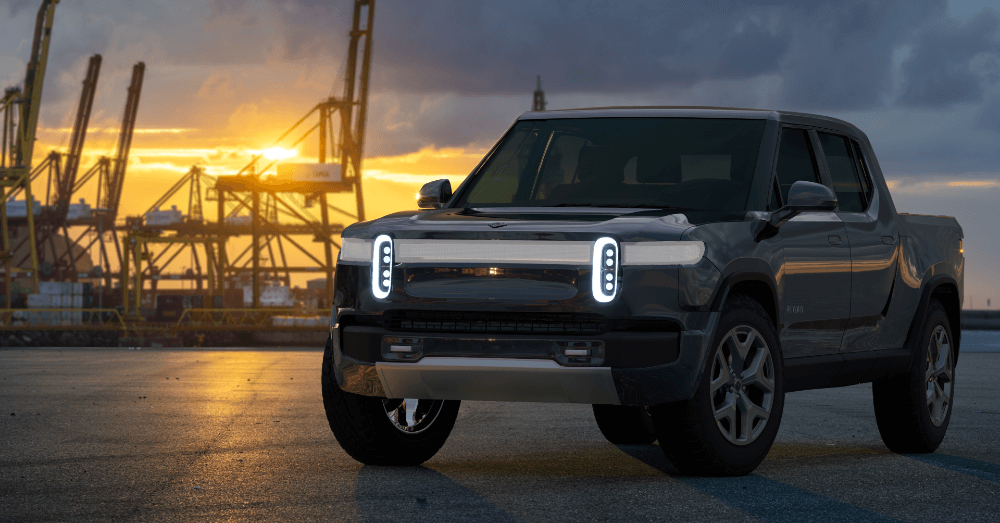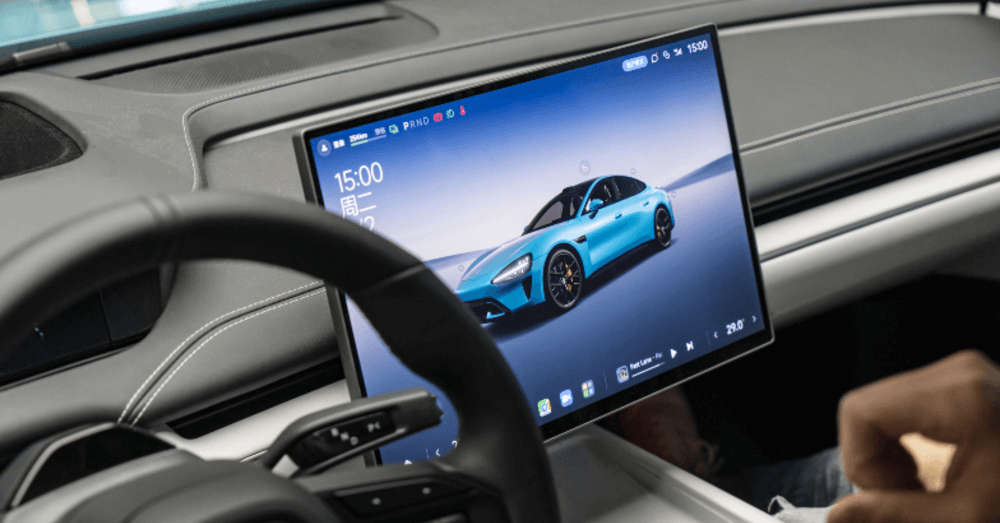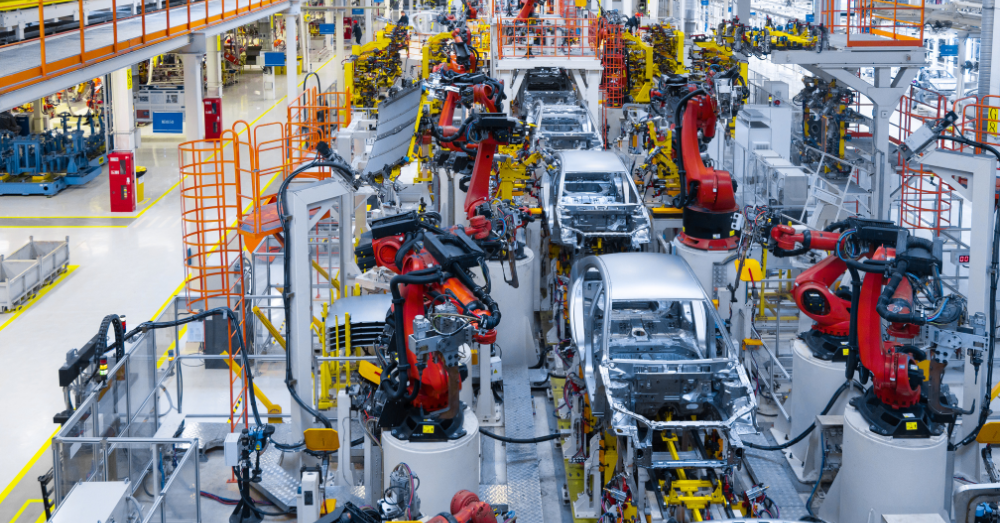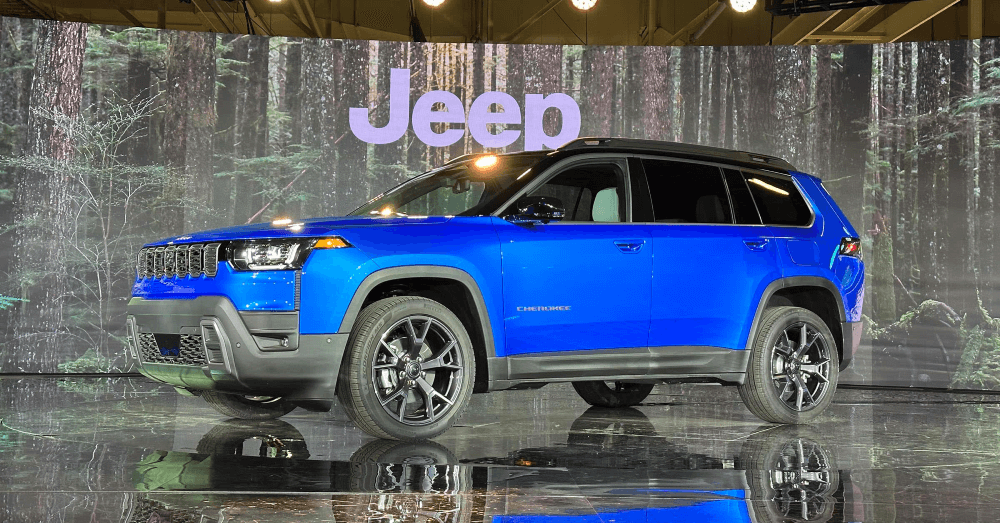The Rivian 2025 delivery forecast dropped after a third quarter that was less than stellar. What created this change in expectations?
Rivian dropped its delivery forecast down to between 41,500 and 43,500 vehicles for 2025, and people are wondering if this is a red flag or just growing pains. We’ll break down what’s really going on behind the scenes; from parts shortages and production hiccups to whether people are actually buying what Rivian’s selling. Find out how the company stacks up against Tesla and other EV makers, what this means for anyone waiting on their R1T or R1S, and whether Rivian can bounce back stronger in 2026.
The EV market demand isn’t as strong as it was
A change in the forecasted numbers is meant to bring reality much closer to projections. Like all automakers, the electric vehicle supply chain struggles under the imposed tariffs and more expensive materials. Rivian faces the same production challenges as other automakers, but since it is an EV start up, that makes things even more challenging for the company. The outlook for the rest of the year is much narrower than it was, but the figures might surprise you.
Increased sales for the year and altered Rivian 2025 delivery forecast
Rivian delivered 13,201 vehicles in the third quarter and produced 10,720 models. These figures are extremely close to what the company was projecting, but that doesn’t stop the brand from changing its full-year guidance downward a bit. For most, the Rivian competitive analysis might not be anything to worry about, but Rivian is working on a short financial leash. The most recent change shows deliveries totaling between 41,500 and 43,500 vehicles for the year, which is down a little from the projection of 40,000 to 46,000 vehicles.
Most analysts might look at these numbers and realize the new figures are well within the original numbers, but that’s not how Rivan is viewing them. The EV manufacturer had a more positive outlook and was hoping to have delivery figures that reach much closer to 46,000 and not move downward to the middle of the earlier goal, which was forecast in July.
A mixed market outlook for Rivian
The Rivian 2026 projections will come off the Rivian 2025 delivery forecast compared to its actual results. During the third quarter, the number of vehicles delivered beat the Wall Street projections of 12,000, but the market responded to the change in sales forecast with a 13.11% reduction in the stock price. Market analysts expected a loss of 73 cents per share for Rivian, which is less than the same time last year when the stock price lost 97 cents per share.
Other automakers are growing EV percentages
Rivian’s sales grew by nearly 32%, but that wasn’t enough to avoid changing the Rivian 2025 delivery forecast downward. Other automakers, mostly legacy brands, increased their EV sales much more significantly. Audi grew EV sales by 232% during the third quarter, while Volkswagen grew its EV sales by 231%, Cadillac by 146%, Chevrolet by 86%, GMC by 84%, and Honda by 76%. Two models that grew significantly and have a foothold in the market are the Hyundai Ioniq 5, which saw increased sales of 90% and the Ford Mustang Mach-E, which grew by 51%.
The Rivian 2025 delivery forecast might not be grim if new models were online
The Rivian R1T delivery numbers have been strong, and the R1S is doing well, but the brand needs more models to increase profitability and sales. The R2 and R3 models can’t get to the market fast enough to save the Rivian 2025 delivery forecast but should certainly increase sales as the 2026 model year lineup arrives.
Rivian has taken a different approach to the EV world than Tesla, but it’s still relatively new, and the timing couldn’t be worse for the brand. Of course, it would have been nearly impossible to predict that the current federal government administration would have such a negative view and impact on EVs as it does, but that’s where we are. Hopefully, Rivian will survive in the current EV climate.
The Rivian 2025 delivery forecast was adjusted, but if the company reaches these new goals, they will still be within earlier predictions. Adding new models to the mix will expand the lineup, could bring prices down, and will give the automaker a greater portfolio of vehicles to offer. Will 2026 be a strong year for Rivian or will the model expansion prove to be too expensive with R2 and R3 models wasting away going unsold?






